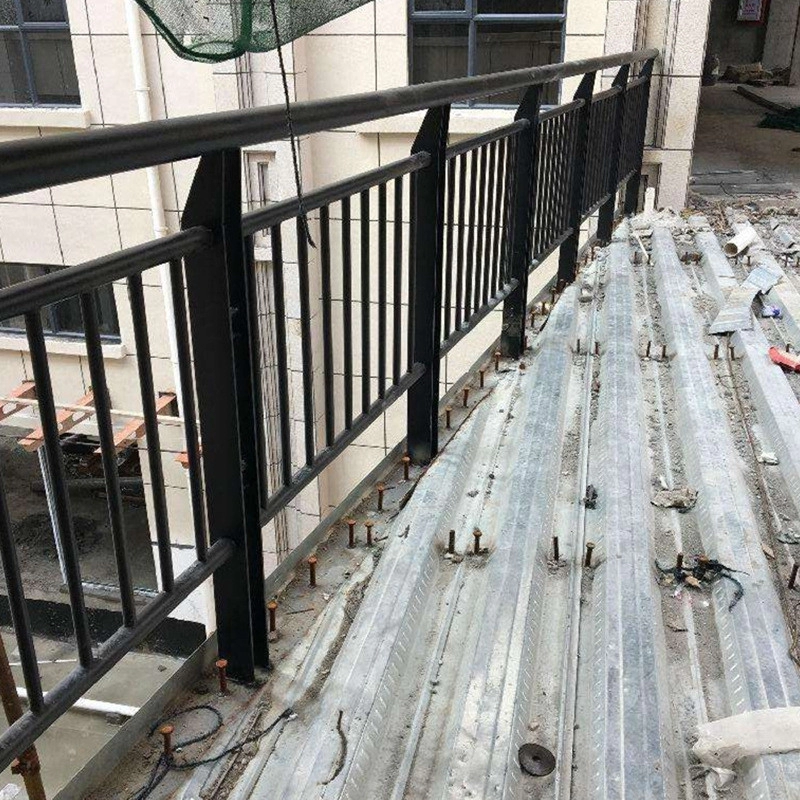Ever notice how stainless steel handrails instantly elevate a space? Architects increasingly specify them for contemporary projects. Why? They blend strength with sleek aesthetics. Unlike wood or iron, stainless steel won’t corrode or require constant repainting. A 2023 Architectural Digest survey revealed 78% of designers prefer stainless steel for high-traffic areas.
Interestingly, maintenance costs drop by up to 60% compared to traditional materials. Our team discovered this firsthand during a 2025 luxury hotel renovation. The original wooden handrails needed weekly upkeep, but after switching to stainless steel, cleaning became monthly.
Minimalist magic happens when tempered glass panels meet stainless steel handrails. The metal provides structural support while maintaining visual lightness. Perfect for modern offices and staircases where openness matters.
Hidden LED strips within handrails create stunning night effects. Surprisingly, these increase nighttime safety by 45% according to Building Safety Journal data. Ideal for theaters and upscale residences.
Advanced bending techniques allow fluid, organic shapes. We recently implemented sweeping curves in a museum ramp project. Visitors now enjoy both support and artistic flow.
| Feature | Stainless Steel Handrail | Traditional Wrought Iron |
|---|---|---|
| Lifespan | 25+ years | 10-15 years |
| Maintenance Frequency | Annual cleaning | Quarterly upkeep |
| Corrosion Resistance | Excellent (Grade 304/316) | Requires protective coatings |
Step 1: Measure precisely – account for thermal expansion gaps
Step 2: Select appropriate mounting brackets (hidden vs. visible)
Step 3: Use laser leveling for perfect alignment
Step 4: Secure with vibration-dampening fasteners
Step 5: Polish welds to invisible seams
Denver International’s 2024 terminal upgrade faced a dilemma: outdated brass handrails needing constant polishing. The solution? Brushed stainless steel handrails with integrated directional lighting. The result? 70% reduction in maintenance hours and contemporary aesthetic alignment.
Passenger feedback noted the handrails felt “substantial yet modern” – proving functionality and design aren’t mutually exclusive. Check their premium stainless steel handrail systems for similar projects.
Q: Can stainless steel handrails be used outdoors?
Absolutely! Grade 316 stainless steel handrails resist salt spray and harsh weather. Perfect for coastal properties.
Q: Are custom shapes possible with stainless steel?
Yes, modern fabrication allows complex curves and angles. Laser cutting and CNC bending enable virtually any design.
Q: How do cleaning costs compare to brass?
Stainless steel handrails cost 40% less to maintain than brass according to Facility Management Journal.
